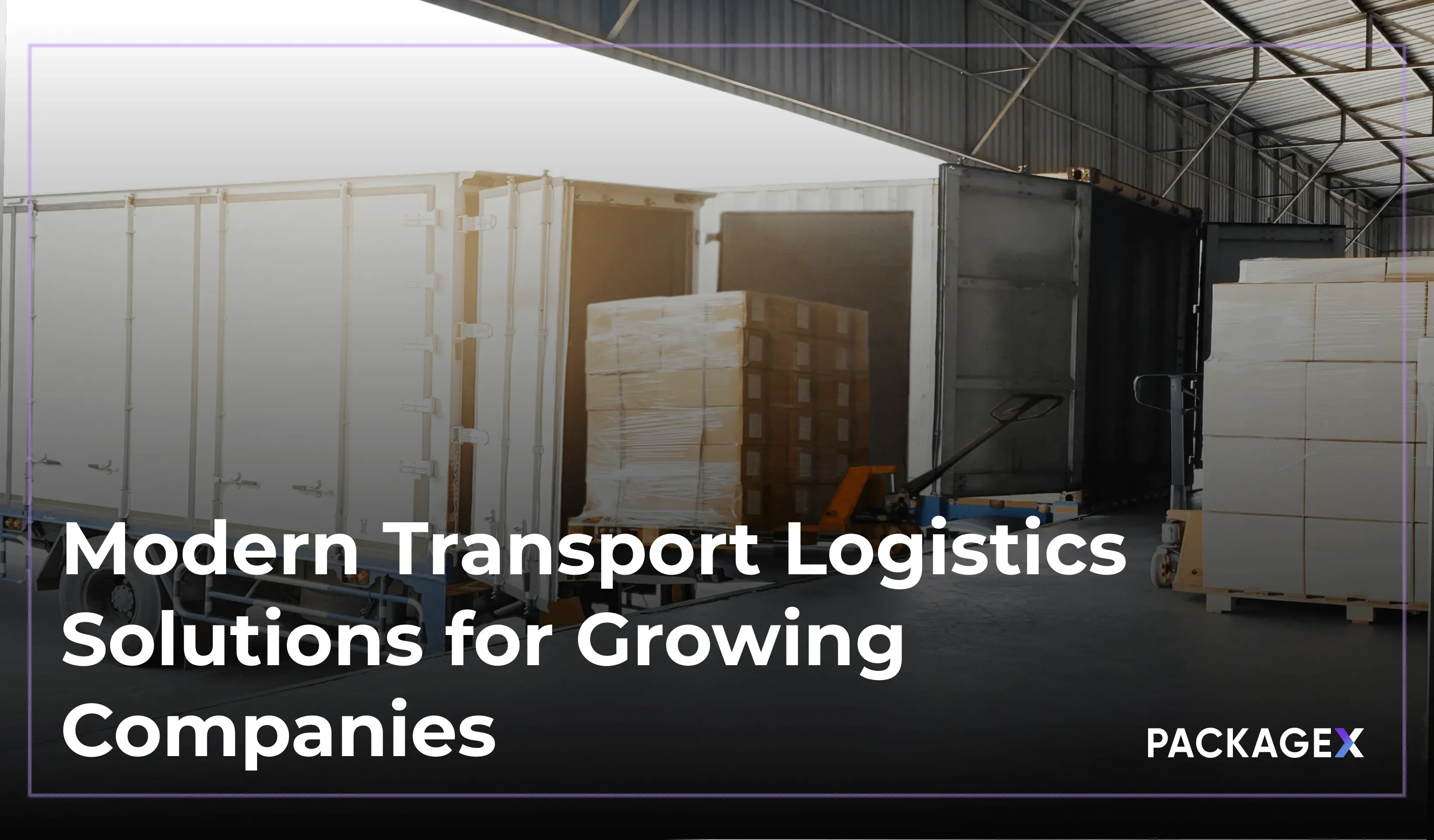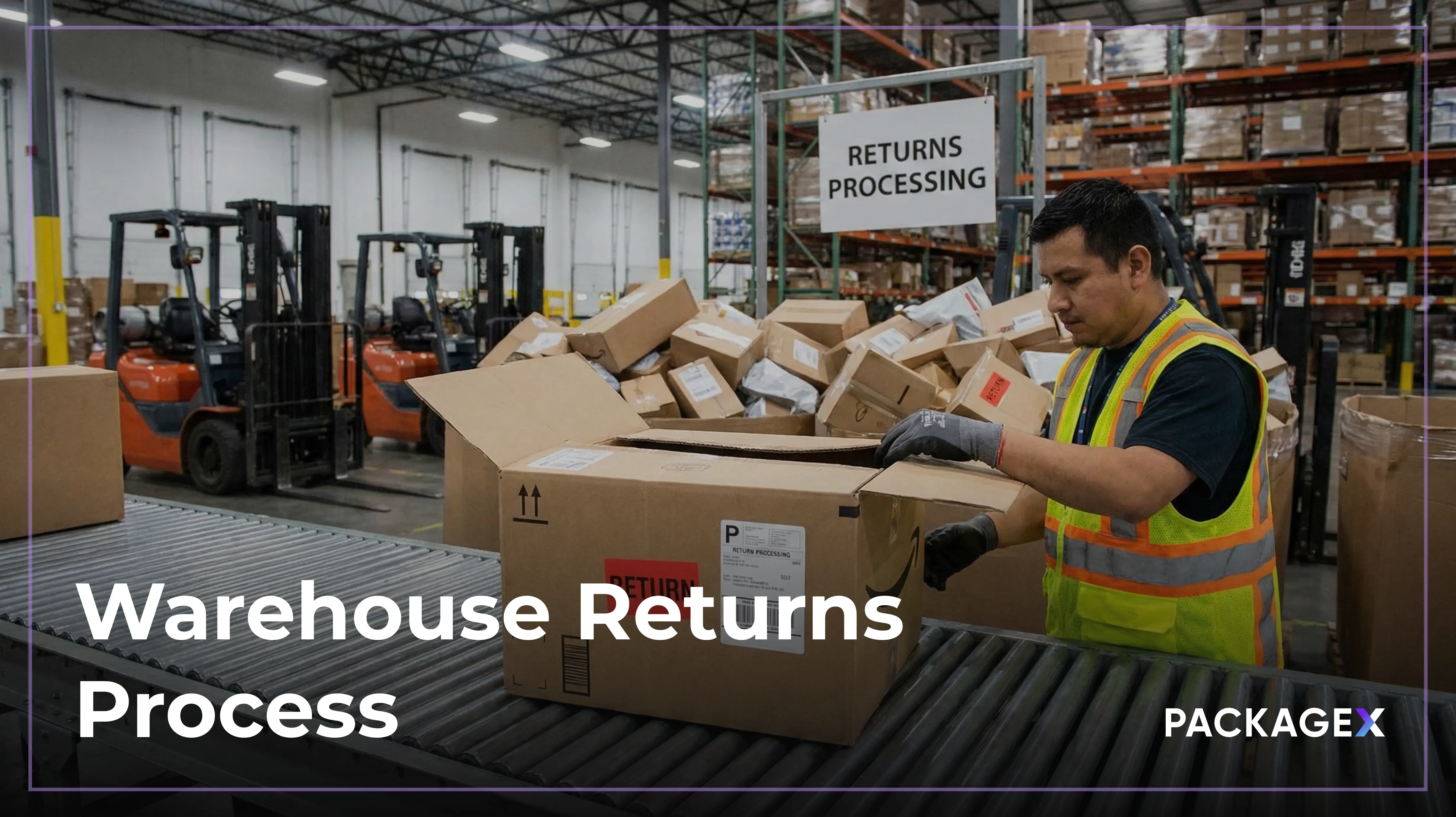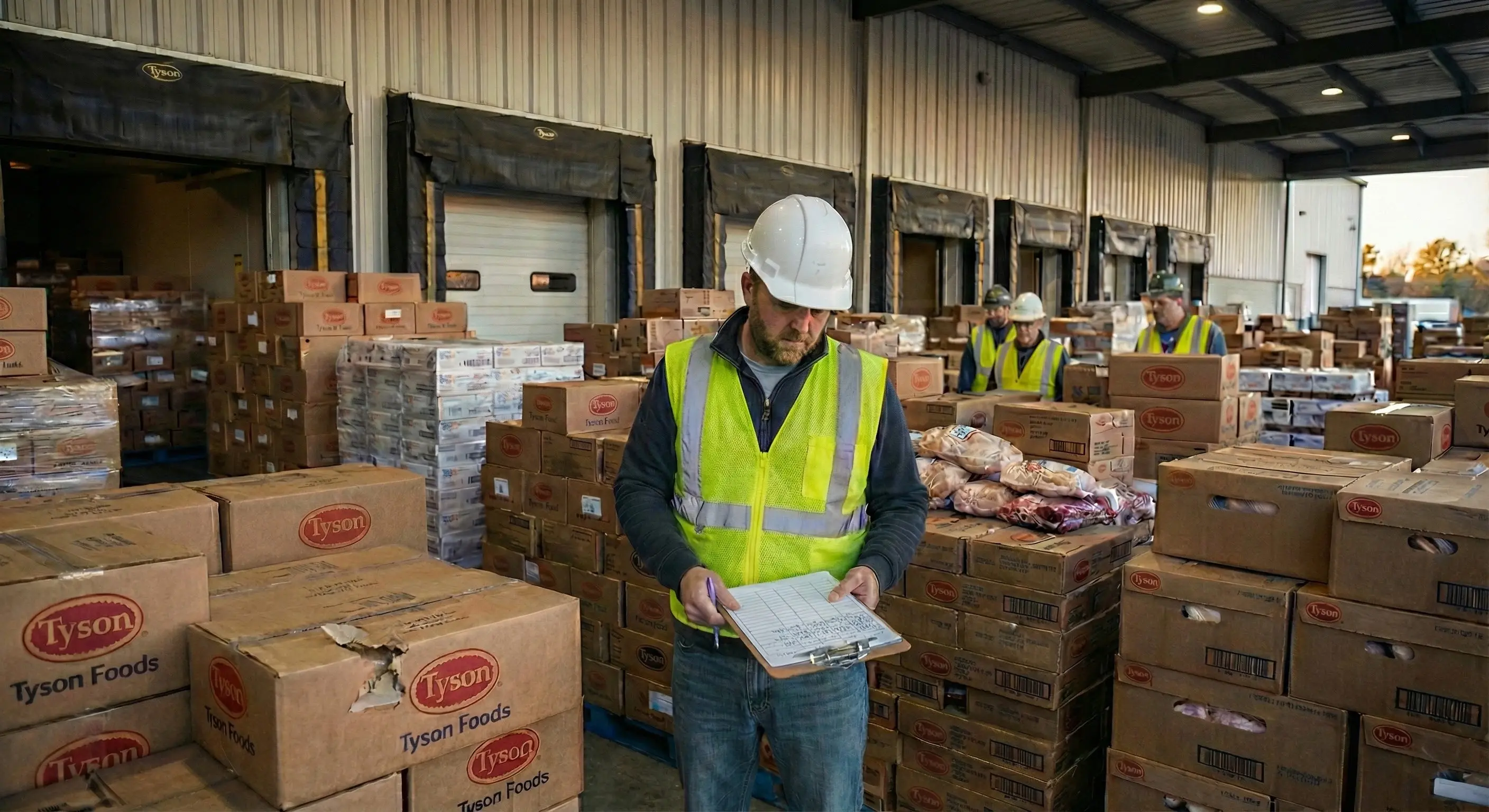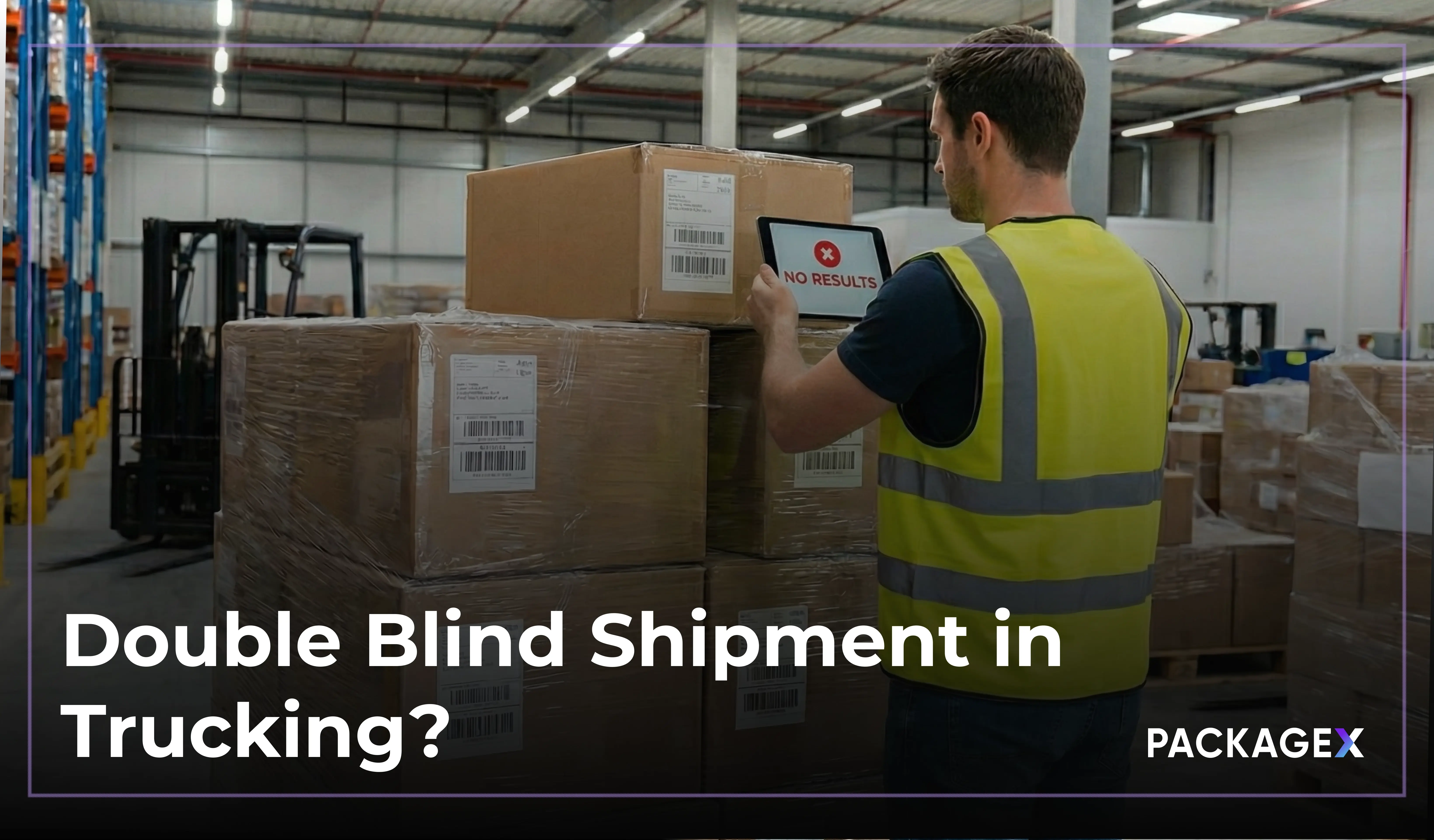For transport and logistics companies, growth often brings hidden challenges. What works for a small operation can quickly break under increased shipment volumes. Transportation providers and 3PLs managing multiple facilities may handle 100+ shipments per week without issue. However, when that number jumps to 300 or more in just a few days, traditional processes start to fail.
Many teams still rely on spreadsheets, paper manifests, and manual labeling. These methods are prone to errors, making it challenging to track freight across locations. Packages can be misplaced, deliveries delayed, and staff frustrated.
For global transport logistics operations, the complexity multiplies. Multiple hubs, different agents, and diverse routes demand real-time visibility and reliable workflows.
Without the right tools, transport and logistics management becomes problematic. Businesses risk losing time, money, and customer trust. Scaling successfully requires systems that can handle higher volumes and provide clear oversight. Modern transport and logistics solutions are no longer optional. They are essential for transportation providers seeking efficiency, reliability, and growth.
The Breaking Point of Outdated Workflows
A fast-growing transportation and logistics company was rapidly expanding across multiple states.
Business was booming, but behind the growth, operational processes were straining under pressure. The surge in freight volume exposed major gaps in transport and logistics management. It puts efficiency, accuracy, and customer satisfaction at risk.
Manual Receiving & Lack of Barcodes
Many customers skipped barcode scanning on incoming shipments. The team had to fall back on spreadsheets and improvised numbering. This manual approach made it difficult to track shipments accurately. This eventually slowed down check-ins and increased the risk of misroutes. In the global transport logistics industry, every delay could ripple across multiple locations. That can greatly impact delivery timelines and operational reliability.
No Unified Visibility Across Locations
With freight moving through multiple hubs, each facility maintained its own tracking system. Managers had no real-time, centralized view of shipments across locations. This made it nearly impossible to pinpoint where a package was at any given moment. For a transportation logistics provider lack of visibility was a problem. Especially when it's handling high volume shipments. It hindered proactive decision-making and made coordination across teams more difficult.
Inefficient Labeling & Manifests
Pallets often carried small or unclear labels, leaving forklift operators guessing destinations. Manifests had to be created manually for every lane and route. Resulting in a slow loading process. Inconsistent labeling led to misplacement of goods and errors in delivery. Effective transport and logistics operations depend on clear labeling to maintain smooth workflow. But this company’s existing processes were unable to support high-volume shipments efficiently.
Limited Data Integration & Scalability
Orders did not flow directly into their systems. Although CSV imports provided a temporary workaround. However, there was still a need for constant manual oversight. Expansion to 20+ sites was on the horizon. But without a scalable, automated system, the company risked order fulfillment. For a transport and logistics management team, integrated workflows were missing. This absence created a major bottleneck.
In short, they exposed gaps in tracking, visibility, and system integrations. These challenges needed a modern solution to keep pace with their rising shipment volumes.
The Turning Point: Why They Chose PackageX
As their shipments grew, the transportation and logistics company faced a breaking point. They needed a solution that fit the pace of modern logistics transportation.
Here’s what the requirements are:
Need for a Barcode-First System
Each package needed a clear identity. Manual logs were slow and error-prone. The company required a barcode-first system. AI-powered scanning at check-in enables accurate tracking and full shipment visibility. This solution would reduce errors in transport logistics. It would also simplify reporting for managers.
Organizing Freight with Lane-Based Layouts
Facilities from multiple locations handled growing volumes. Without a clear structure, pallets were lost or misplaced. The company needed lane-based layouts. Each lane would represent a destination or route. Agents could stage packages with confidence. Forklift operators would instantly see where each shipment belonged.
Custom Labels for Real-World Operations
Labels on pallets were small and unclear. Mistakes were common. The company wanted custom labels with large headers, DTS numbers, and customer references. This simple change made loading and unloading faster and safer. It also improved accuracy in transport and logistics management.
Phased Data Strategy
The company needed quick results without waiting for full system integration. They chose a phased approach. Day-to-day operations could start with CSV imports. Over time, API connections would automate updates. This allowed the team to scale their operations without disrupting shipments.
Why PackageX Stood Out?
The company turned to PackageX. It had everything they were looking for. Shipments that once caused errors and delays now flowed smoothly. The company ended up having full control over their transportation and logistics operations.
The Solution: How PackageX Rebuilt Their Workflow
As the logistics provider faced growing chaos, PackageX stepped in to simplify their operations. PackageX delivered the following solutions to help them out:
Mobile and Desktop Scanning
Agents could now scan barcodes on pallets. They can also snap photos of labels, or search DTS numbers to start workflows. Manual spreadsheet updates became a thing of the past. Every scan fed directly into the system. This gave the operations team real-time insight. They could track inbound and outbound shipments across multiple sites. For a fast-growing transportation and logistics company, this level of visibility was crucial.
Configurable Lane Layouts
Every warehouse location was mapped into lanes for smoother staging. Freight scanned into the correct lane instantly became visible across the network. Role-based access ensured agents saw only what they needed. This feature reduced misroutes and confusion. It addressed a key pain point in multi-location transport logistics.
Seamless Inbound to Outbound Transfers
Packages were marked as inbound the moment they arrived. Scans automatically generated outbound manifests. The system also created receiving orders for the next hub. This streamlined the flow from one facility to the next. Transportation providers could now manage operations without constant manual oversight.
Smarter Labels for Real-World Operations
Labels were redesigned with bold lane headers for easy reading. Each label included DTS numbers, customer references, and piece counts. Forklift operators could stage freight quickly without mistakes. Even during high-volume days, packages moved efficiently.
Flexible Data Pipeline
Phase one allowed daily CSV imports for immediate order visibility. Phase two exported statuses back to the TMS. Phase three enabled API integration for fully automated updates. This phased approach ensured smooth adoption for transport and logistics management.
Enterprise-Grade Rollout
Six locations went live first. The system was built to scale to 25 or more sites. Flexible pricing supported growth without surprises. With PackageX, the transportation logistics company gained a workflow. A workflow that could expand alongside their business.
The Results: How PackageX Streamlined Transportation Logistics
After implementing PackageX, the transportation and logistics provider experienced clear improvements:
- Reduced Errors: Every package was scanned and labeled. They were staged clearly, cutting misroutes and lost shipments in the transport logistics network.
- Real-Time Visibility: Managers could track freight across all locations instantly. This enabled fast decisions and smoother operations for the transport and logistics company.
- Driver Confidence: Lane-specific manifests and clear labels made staging and pickups simple. Forklift operators and drivers handled packages without mistakes.
- Faster Location Onboarding: New facilities were integrated in days instead of weeks. This supported rapid expansion for the transportation and logistics provider.
- Scalable Data Strategy: Immediate CSV imports gave daily visibility. API integrations were planned for full automation, future-proofing transport and logistics management.
With PackageX, the company gained proactive control. Every part of their transport logistics operations became faster and more reliable.
Why Transportation Providers Choose PackageX for Logistics Scalability?
PackageX has helped leading transport and logistics companies. It enables them to streamline operations and scale with confidence.
Here’s why more businesses rely on PackageX:
- Open new hubs or expand routes without disrupting freight flow.
- Handle sudden volume spikes with accurate scanning and labeling.
- Manage multi-location freight operations seamlessly.
- Real-time visibility across warehouses and transit points.
- Scalable transport and logistics management that grows with the business.
Discover how PackageX supports transport logistics. It enables your company to move freight faster and smarter.
Book a demo today!




